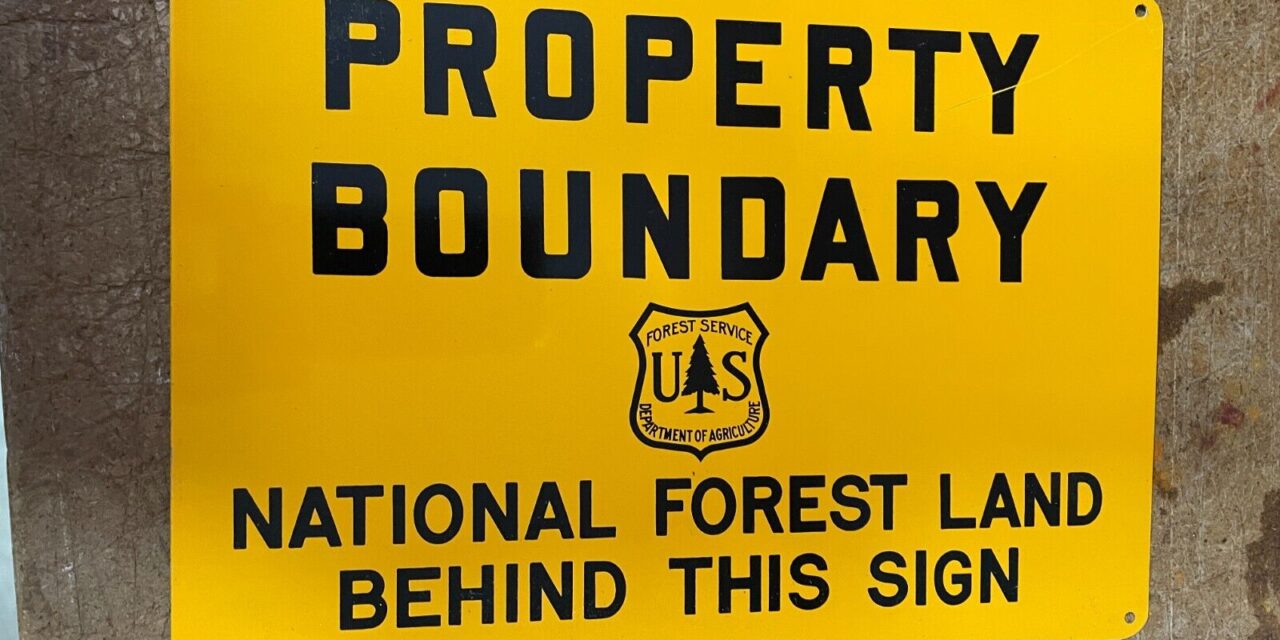Discover the Essentials of Dispersed Camping
Embrace Nature Responsibly
Explore the beauty of the wilderness while respecting its delicate ecosystems. Learn the rules and guidelines for a sustainable camping experience.
Understanding Dispersed Camping
Dispersed camping offers a unique opportunity to connect with nature away from crowded campgrounds. It allows campers to experience the tranquility of the wilderness while playing a crucial role in conservation. By following established guidelines, campers help protect natural habitats and ensure these areas remain pristine for future generations.
The Importance of Conservation
Preserving natural landscapes is vital for maintaining biodiversity and ecological balance. Dispersed camping encourages minimal impact on the environment, promoting practices that safeguard wildlife and plant life. By adhering to Leave No Trace principles, campers contribute to the long-term health of these precious ecosystems.
Guidelines for a Sustainable Experience
Responsible camping involves understanding and respecting the rules set by national forests and BLM lands. These guidelines are designed to minimize human impact, ensuring that campers can enjoy the beauty of nature without causing harm. Educating oneself on these rules is the first step towards a sustainable camping adventure.
Essential Rules for Dispersed Camping
Maintain Distance from Water Sources
Always camp at least 100–200 feet away from lakes, rivers, and streams to protect water quality and wildlife habitats.
Use Existing Campsites
Whenever possible, choose established campsites to avoid creating new fire rings and disturbing the natural environment.
Limit Your Stay
Adhere to stay limits, often 14 days, to reduce impact and allow the environment to recover between visits.
Practice Leave No Trace
Pack out all trash and belongings, leaving the site as pristine as you found it to preserve its natural beauty.
Observe Fire Restrictions
Be aware of fire bans and high-risk seasons to prevent wildfires and protect the forest.
Check Local Restrictions
Stay informed about local rules, such as wildlife closures or road restrictions, by contacting the nearest ranger station.
Respect Wildlife
Keep a safe distance from animals and avoid feeding them to maintain their natural behaviors and safety.
Minimize Noise Pollution
Keep noise levels low to enhance the wilderness experience for yourself and others, and to avoid disturbing wildlife.
Understanding Leave No Trace
Preserving Nature's Beauty
Leave No Trace is a set of principles aimed at minimizing human impact on the environment. When engaging in dispersed camping, it’s crucial to adhere to these guidelines to ensure that natural areas remain pristine for future generations. Key principles include planning ahead to minimize waste, camping on durable surfaces to prevent soil erosion, disposing of waste properly, and respecting wildlife by observing from a distance. By following these practices, campers can enjoy the wilderness responsibly and contribute to the conservation of our natural landscapes.
One of the most important aspects of Leave No Trace is the principle of ‘pack it in, pack it out.’ This means that all trash, leftover food, and litter should be taken with you when you leave. Additionally, campers should avoid creating new fire rings and instead use existing ones to prevent unnecessary scarring of the land. By practicing Leave No Trace, we can all play a part in keeping our national forests and BLM lands beautiful and accessible for everyone.
Staying Informed About Local Restrictions
The Importance of Awareness
Before heading out for a dispersed camping trip, it’s essential to check for any local restrictions that may be in place. These can include fire bans, wildlife closures, or seasonal road closures, all of which are put in place to protect both the environment and campers. Being aware of these restrictions not only ensures your safety but also helps preserve the natural beauty of the area.
Staying informed about local restrictions can prevent potential fines and ensure that your camping experience is both enjoyable and compliant with local regulations. Many national forests and BLM lands update their restrictions based on current conditions, such as weather or wildlife activity, so it’s crucial to stay updated. This can often be done by visiting official websites or contacting local ranger stations.
By taking the time to research and understand local restrictions, campers can help maintain the health and safety of our natural areas. This proactive approach not only benefits the environment but also enhances the overall camping experience by ensuring that everyone can enjoy these beautiful landscapes responsibly.
Reach Out to Your Local Ranger Station
If you have any questions or need clarification about dispersed camping rules and regulations, contacting your nearest ranger station is a wise step. Rangers are knowledgeable about the specific conditions and restrictions in their areas and can provide valuable guidance to ensure your camping trip is both safe and enjoyable.





